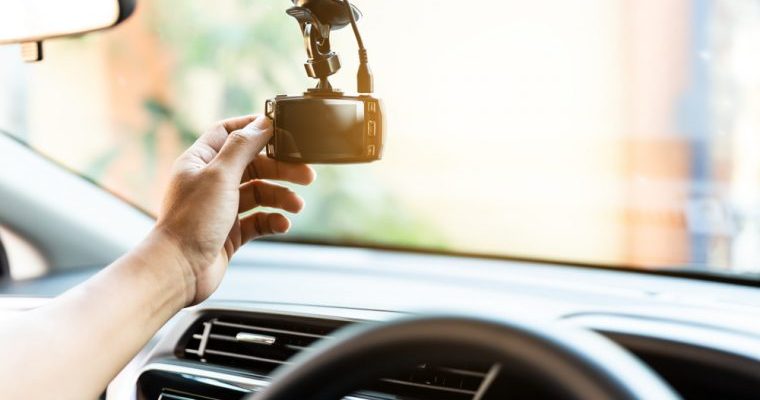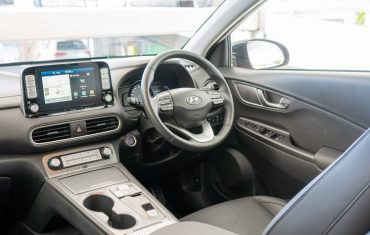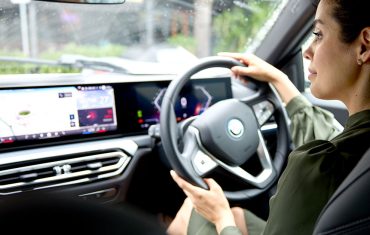
How can dash cams be used better?
For driversFleet owners and managers around the world have long used dash cams to improve driver training and performance, as well as to review footage of incidents and accidents. Their use is also on the rise in Australia.
Nowadays, dash cams are becoming more useful as evidence in road rage cases, and are often accepted by insurance companies when deciding liability in private motor vehicle and personal injury claims.
In Australia, it’s legal to use a dash cam as long as it is mounted properly in a fixed position, you don’t manually operate it while driving, and it doesn’t obscure the driver’s view of the road ahead, the road behind or to either side of the vehicle.
- 57 percent of Australians support the use of dash cams*
- 16 percent are already using a dash cam*
- 41 percent of drivers don’t have a dash cam but want one*
How can you get the most out of your dash cam?
Built-in display
Make sure you purchase a dash cam with a built-in display screen. This will allow you to check you’ve positioned the camera at the best angle without having to connect an external computer or portable device to view the footage you record.
GPS
As distinct from being a navigation tool (which it is not), a dash cam with built-in GPS will automatically record data, like your location and speed, which could come in handy in the event of a road accident.
Units that stamp the location, time and speed to the video make it easier for police or insurers to verify your footage, rather than using third-party software to view your files.
Power
The battery life of a dash cam varies between manufacturers, so checking the capacity of your unit’s battery – and how to recharge it – is an important factor.
While there’s a range of battery modes, consider a dash cam that can be hardwired to the vehicle’s power supply for optimal efficiency.
Impact Detection
According to Choice.com.au dash cams with impact detection – sometimes known as G-Shock – “notes when the car has been moved or bumped. Most [units] will highlight and isolate the video segment using a date and time stamp. This includes the moments leading up to, and after the incident.”
An important thing to note is that some vehicles, most commonly vehicles with stiffer suspensions (e.g. sports suspension) can trigger the impact detectors, so there may be some trial and error involved in getting this part of your set-up working efficiently.
Positioning
Place your dash cam in the centre of your windscreen and as high as possible. Do not position it directly above your steering wheel, and make sure it sits no more than 40mm into the sweep areas of your wipers.
Resolution quality
Many dash cams have HD as their standard resolution, while newer models are now boasting 4K resolution.
Be aware, the higher the picture quality, the more digital storage size it will chew up. Tests by Choice.com.au concluded that the greater resolution didn’t make identifying other vehicles or license plates any easier than a lower picture quality.
And don’t forget…
Unless you’re happy for the people who view your footage to also hear your conversations, you’re best to mute your dash cam.
Also, keep your dashboard clean and windscreen as clean as possible at all times, so you get the best from your dash cam.
Start a conversation with SG Fleet today
* https://www.slatergordon.com.au/blog/dashcams-prove-popular-for-aussie-drivers
 Driving Insights
Driving Insights




